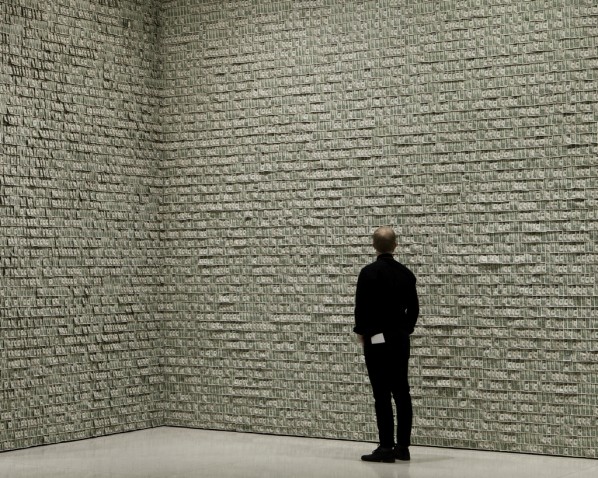
Installation View of Hans-Peter Feldmann's Exhibition 01
By Pan Gaojie
When Theology was replaced by Science, mankind entered an era without idols or absolute authority, and it was possible for anything to be suspected and overthrown. From the industrial society to post-industrial society, there were a lot of changes in capitalism, as well as changes to the whole social structure, cultural and political principles, what emerged were the democratization of society, commercialization of production, and secularization of culture, all of which effect Museology. The postmodernism has been one of the most important fairs in the world from the 1970s and 1980s, increasingly attention was paid to this by the academic circle and society, penetrating into all aspects of people’s daily lives, thereby affecting or changing traditional worldviews. In this context, there was the birth of the museum revolution in the 1970s. Thanks for the features of postmodernism: decentering, deconstruction, difference, etc., of the museum: the hall of art, its sacred status is gradually unmade by other roles in art ecology, which changes the operation mode of museums and increases some new alternative roles in the art ecology.
The unmaking of the status of museums and their own transformation
Once, a museum was the place for the collection of treasures, the value of which originated in the main in the unique quality. We like going to a small museum in some countries to enjoy a unique treasure. This seems to be the modernism era of the art museum, with a strong sense of the elite, summarized as follows: contempt for the democracy that is confusing, hostile to the public that is vulgar and uncivilized, advocating the classical of the nobles. Today, it’s much clearer and more reliable to appreciate art treasures in the virtual world than witness them in the real. Currently it’s obvious that people pay more attention to information resources, available to be copied and stored, rather than the rare items. When the monopoly of art that once belonged to the museum collapsed, it had to look for other ways to attract the public. The art museum has become a part of people’s daily lives, positively improving the overall quality of the public as well as their culture. At the same time, it limits the openness and avant-garde of a museum, when planning an exhibition, they hope to recover costs, with lots of visitors. The art museum is no longer a sacred hall due to democratization.
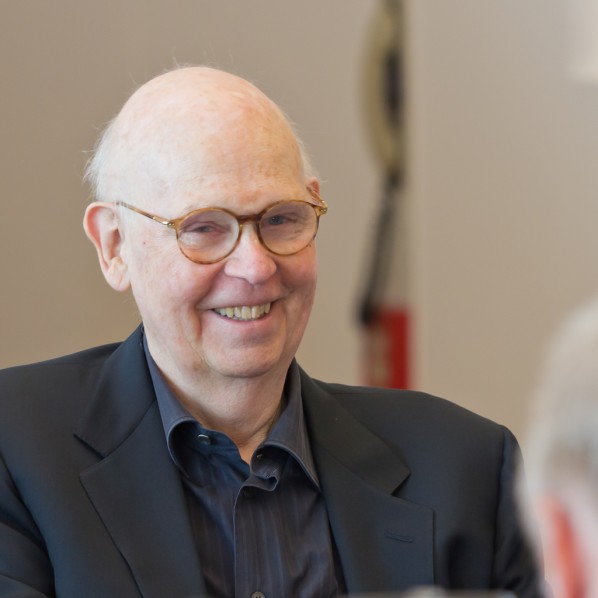
Claes Oldenburg, ©Museum Ludwig
Claes Oldenburg scoffed the museum for its status “the Temple of Art” in 1962, openly raising “ the Declaration of Shop”, with a claim that transforming the so-called temple of art into a shop, today’s museum is not a shop, but just like a complex of business operations. The broad of directors is only composed of businessmen, who are used to doing vigorous business, preferring a clear position in a company. We believe that this situation will permanently exist for the power of the board and the finance of museums, are even further developed by the growth of bureaucratic capitalism. Researchers of museum history believe that there were two stages in the American art museum in the operations of the institution and the economy, in the 20th Century. The first stage was from the 19th century to the mid-1960s, the main patronages were entrepreneurs and chaebol. Building of large-scale art museums, some through charities, has consolidated their social rights and urban control. Since the 1960s, the support has been from enterprises and financial groups. When they controlled the board of directors with decisions in the direction of the development and operation of the museum, they changed the direction and paid more and more attention to attract funds and investment as well as the collaboration of commercial circulation. The exhibition has been a part of political and economic affairs, on the level of which it has a relationship with urban administrative structures. To a large extent, the primary plans for art museums have been free from the control of curators, art critics, and even the director, but relying on the behavior of business and governments.
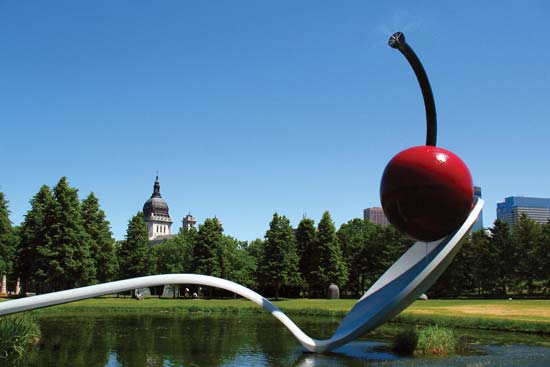
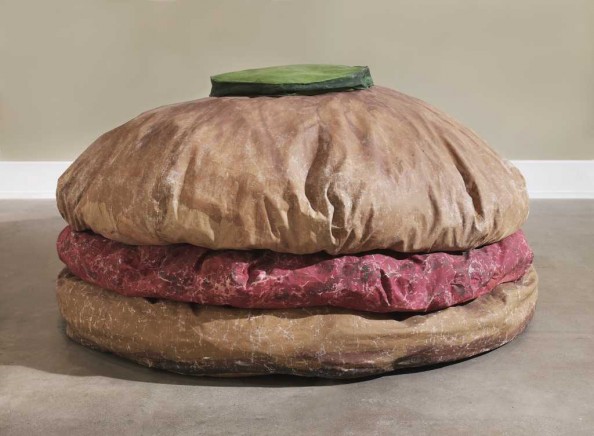
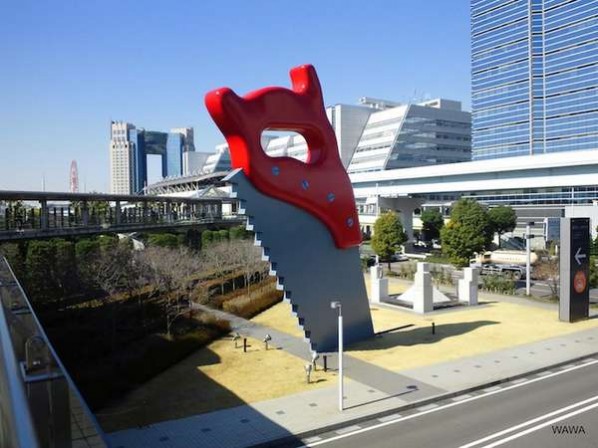
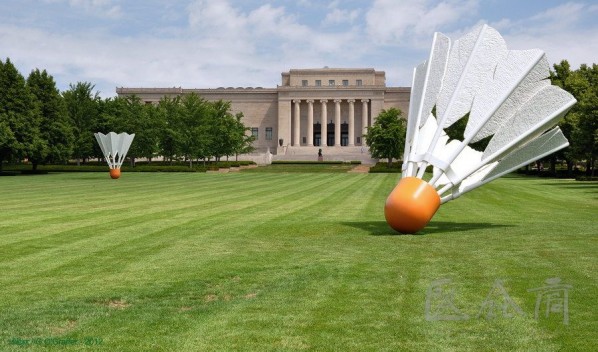
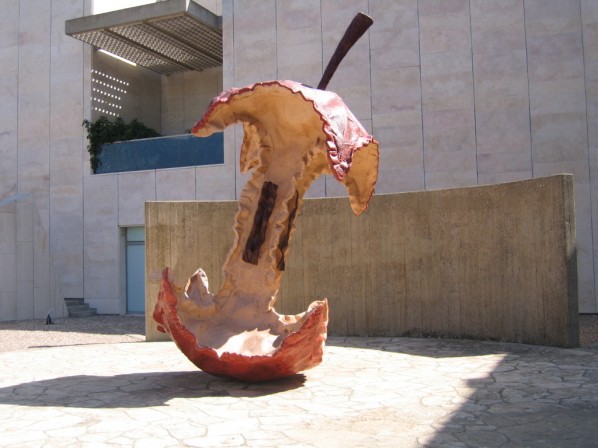
In the 1970s and 1980s, the Metropolitan Museum of Art, New York, changed to perform the model of company management so that money begets money, led by Thomas Eindhoven, later named “Thomas Eindhoven Way” in the art circle, which had played an important role in the evolution of art museums. He first made use of the company model in the museum, and took the lead to determine the concept of “The visitors are the consumers of art museums”. The art museum started to consider the audience’s tastes, instead of being the “sacred hall”. It is important to have some popular exhibitions, attracting lots of audiences as well as being a part in the process of transforming the art museum with the model of enterprise and institution. The art museum has gradually become a cultural industry, and business card mirroring the local humanistic style, potential opportunities for developing local cultural industries. It reflects the local cultural soft power in a concrete and practical way, attracting more people, so museum marketing becomes an important part of the institutional management.
Discourse on the right of art museum is decreasing
Victoria Yung-Chih Lu said, “It’s inescapable for an art museum to compete with an amusement park, though it would be considered to be improper and disproportionate, and even the cultural elite are still in contempt of a vulgarization of art. But art originated as the entertainment of life, or should we say, originated in the game, which gives birth to a variety of artistic essence and sublimation, there’s an unprecedented large consumer behavior keen on art based in the middle class that never happened before, the very aesthetics of life in contemporary popular culture, with a rapid proliferation through the internet and various self-media, but not dominated or controlled by the so-called artistic elite.” It has been confessed that discourse is right for art museums but it is decreasing.
“When a museum is an institution making determination, an exhibition is the way to display the determination. The status of an artist is reflected in how many and where his/her artworks are shown in the exhibition. Art historians and curators implement the power on behalf of museums.” When museums have the determining power, their authoritative is the elite position. A traditional art museum spent a century selecting old artworks, and displayed them to the public in the most sacred era of art museums. During this time considering works that were 30 or 40 years old was the fashion, without a clear historical status, when MoMA was established in 1929, items of “museum” and “modern” were still considered to two completely repellent concepts. In the same year, Barr, former Director of MoMA, bought three pieces of work in the first solo exhibition by Jasper Johns, and immediately arranged the exhibition, admitting the artist and his works without any doubt, from then on, art museums collected avant-garde artworks as soon as they were shown to the public. When art museums collect their works, the artists get official recognition. They hope that their works are shown in art museums as urgently as Diego Velazquez wanted the medal of nobility by the king.
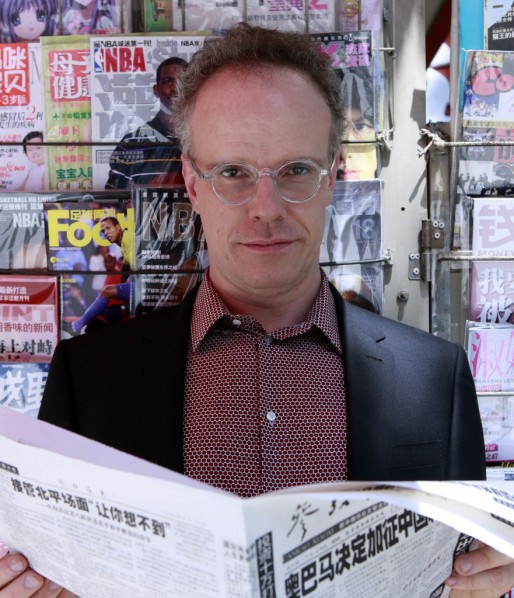
Hans Ulrich Obrist in China
Different parts are closely connected with each other in today’s art ecology, and art museums are performing like a witness to the art market. On the one hand, the authority of the art museum is carved up by some other roles in art ecology and is reflected in many aspects including: the influence of the super-collector, the power of the independent curator, etc., for example, Charles Saatchi, an international renowned art collector, when he buys an artwork, each time, he is capable to create topics, laying a reputation for the artist, while the media, auctions and collectors describing an artwork or an artist as something “collected by Saatchi” or “badly wanted by Saatchi”. And Han Ulrich Obrist, an independent curator, was the champion of the Power 100 in 2009 Art Review, revealing the invasion of the new force from the curator. Art museum is no longer the only authority. Therefore, it has to do with the cooperation with the sponsor for survival. It has become the ideal place for issuing top brands, and it’s available for artists to pay for site fees when they want to hold their exhibition in the museum. On the other hand, art museums can still have anything they want, but because of its internal decentralization of power, it’s changeable and worthy of gossip, such as when an artist is selected to be the protagonist of a retrospective exhibition by the board, his or her value will be increased by auctions, most art museums permit the directors of the board to purchase artworks before the official announcement, which will not be immediately released. In a word, the authority of the art museum is gradually disintegrating in the diversified commodity society.
After the unmaking of the status of the art museum
When the status of the art museum is gradually unmade, we should pay attention to the tendency of the emerging art centers. Compared to museums, art centers have no collections, so that it’s unnecessary and impossible to exhibit like a systematic museum. Art centers mainly render the clutter of “original” creations as contemporary, as well as their relationship with the history of art and cultural realities.
Along with the development of art centers, another exhibition place named “alternative space” has appeared, which has two meanings, firstly, previously the place was transformed into an art space by a government or enterprise, it used to be something else such as an old plant, warehouse, and it was used for other purposes. Secondly, after transforming into an art space, the art center shows the cross-media trend, that it is concerned with not only visual art but also some related fields such as films and stage art. Art centers and alternative spaces are effective complements to art museums in contemporary art, the nature of which is “mobility”.
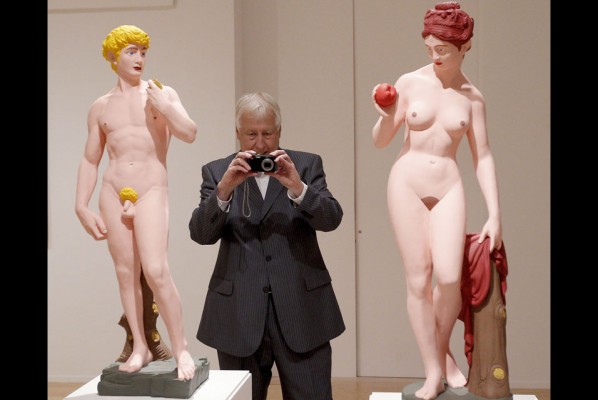
Hans-Peter Feldmann took photo at his own exhibition
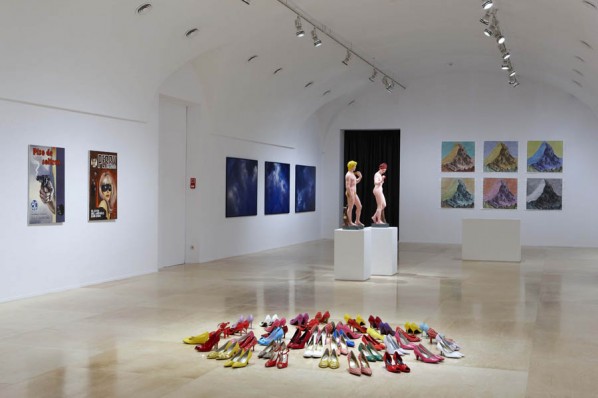
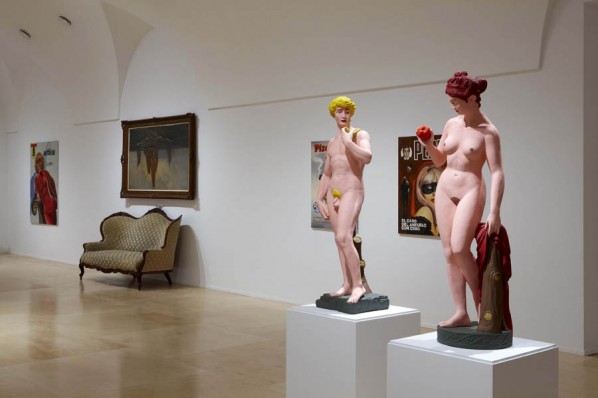
Different arts, skills and approaches, spatial and temporal states, as well as survival areas are collected and replicated into a broader and more inclusive level to build a new self-knowledge of humanity, by using the multi-polar media of language, super genre, and comprehensive style of the postmodernism. There’s lots of changes in art, such as sculpture being an extension of landscape and architecture, transforming easel painting to some other art media like the environment, installation, light, and even performance and body, free from the graphic limitations of the canvas. The “hybrid” tendency of the discourse of postmodern art is more prominent than ever before, and the unmaking and gradual expansion of the old genre and discourse marks the end of the philosophy and history of arts, which are in progress while art goes on, but art in postmodernism is omnivorous like a pig. Art centers and alternative spaces are trying to restore the works to the original place, a function that art museums are missing, when museums collected ancient artworks, they didn’t care about their original functions, and the meaning of a sculpture and installation will be discounted, when it is transferred to an art museum from its original environment. Then there is a revolution for the art museum, and its sacred status is ambiguous.
Epilogue
The Internal reformation of institutional operations of art museums together with other external alternative institutions unmake the status, in such a postmodern context, its concept may be expanded and reconstructed just like the concept of art has done. I think art spaces will gradually begin to collect artworks, and alternative spaces shall be incorporated into the system of art museums, because each artwork is mobile in the art ecology in commercial society, it's unnecessary for art museums to have all collections, in fact, looking back at history, we find that everything goes into a curvilinear direction, sometimes strong and sometimes weak, developing in the spiral state. I believe that the status of the art museum will gradually be increased again after the expansion of its concept.
References:
1. (US) Nancy Arinrisenhoover, American Art museums, trans. Jin Mei, Changsha: Hunan Fine Arts Publishing House, November 2007, the first edition.
2. Victoria Yung-Chih Lu, “Virtual Love: International Exhibition of Contemporary New Technique”, Artist, vol. 9, July 2004
3. Wu Hung, “Art History and Art Museum”, National Art Museum of China, vol. 1, 2007
4. Pi Li, Planner Times, Nanjing: Jiangsu Fine Arts Publishing House, January 2004, the first edition.
5. Shao Yiyang, After Postmodern: After Avant-Garde Visual Art, Shanghai: Shanghai People’s Fine Arts Publishing House, 2008, the first edition.
6. Ding Ning, “Museum: Significance Evolution of the Classical Art”, Artnews.cn: http://www.artnews.cn/criticism/slyj/2007/0827/10562.html.
7. Gao Xian, “Aesthetic Culture and Economy of the Art Museum”, Study Monthly, vol.10, 2011. 8. (US) David Carrier, Museum Skepticism: History of Art Exhibitions in the Public Art Museum, trans. Ding Ning, Nanjing: Jiangsu Fine Arts Publishing House, February 2009, the first edition.
The views expressed in this column are the author’s own and do not represent those of CAFA ART INFO.
Translated by Chen Peihua/ CAFA ART INFO




























